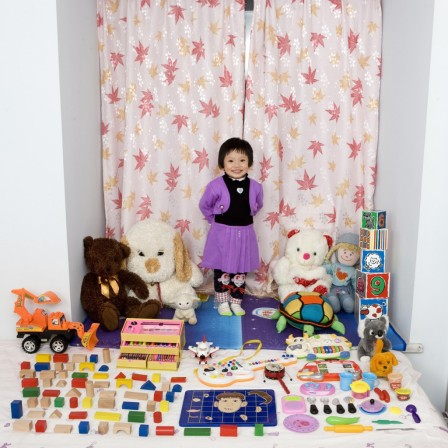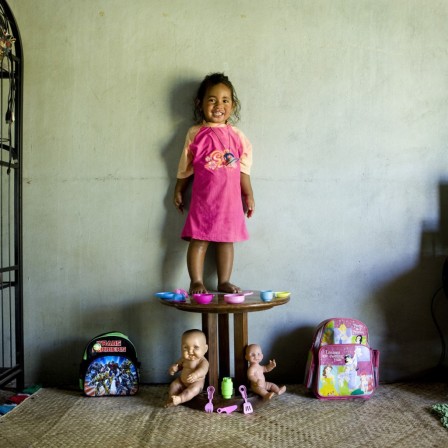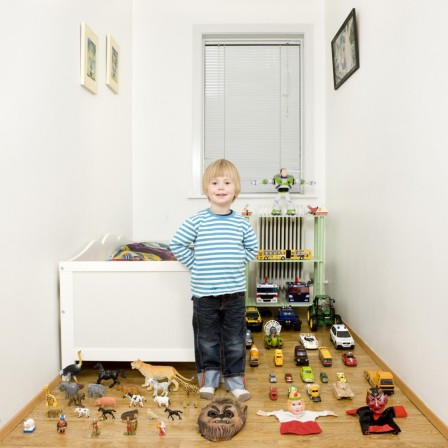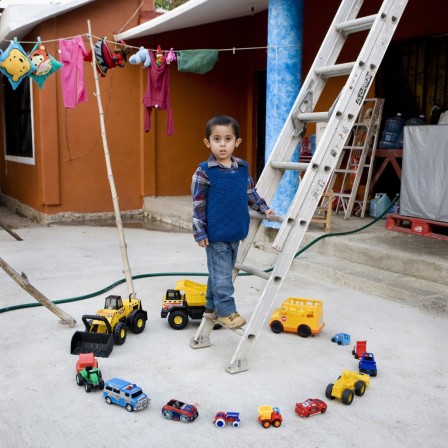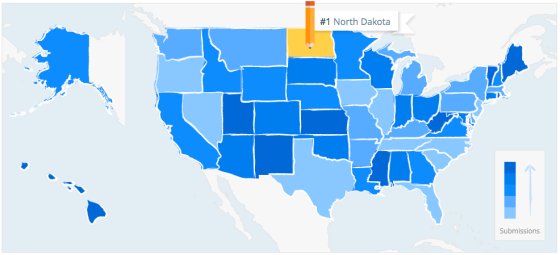School: A British education expert writes that children need to be given the opportunity to be bored. Constant stimulation – via video games, television, smartphones, etc. – hampers creativity and reflection. Dr. Teresa Belton says that instead of letting children find ways to occupy themselves with down time, our society has “developed an expectation of being constantly occupied and constantly stimulated.”
And here’s another psychologist who supports letting children get bored. She even offers suggestions for shifting responsibility for “entertainment” to the child in the form of a Boredom Jar full of ideas for activities to engage in – and none of them involve a screen!
Psychology: A wonderful profile in The New Yorker delves into the story of a teenager who had transgender surgery (female-to-male) at the age of sixteen. It’s a sensitive exploration of the experience of a transgendered child/teen, with attention to both the positive aspects of society’s recent openness to gender exploration as well as parental concerns about when it is appropriate to pursue permanent body modification.
The article itself is locked unless you are a New Yorker subscriber, but it’s worth knowing about in case you can access it at your local library. A shorter online piece accompanying the original article is openly available, however; it shares the author’s exploration of transgender video diaries posted on YouTube as she researched the topic.
Scholarship: A recent study finds that the older and more experienced a therapist is, the more likely he or she is to cry in therapy. Of the 684 U.S. therapists polled online, 72% reported crying in therapy “in their role as therapist.” Women therapists were no more likely to report crying than their male counterparts (although they reported crying more often in “daily life”). For a more detailed breakdown and analysis of the data, read here.



